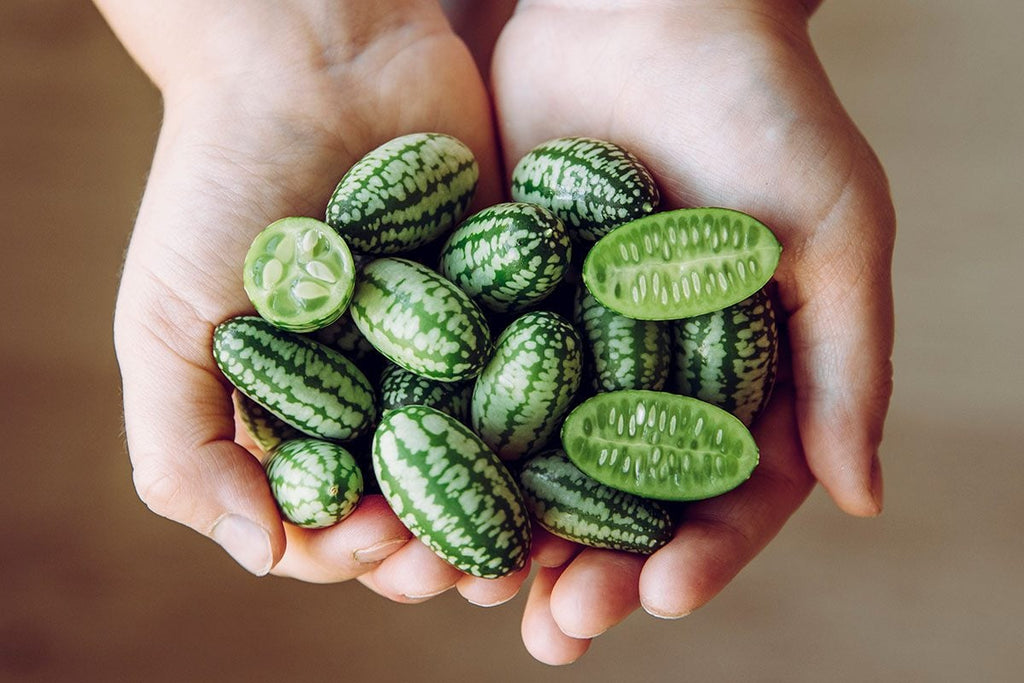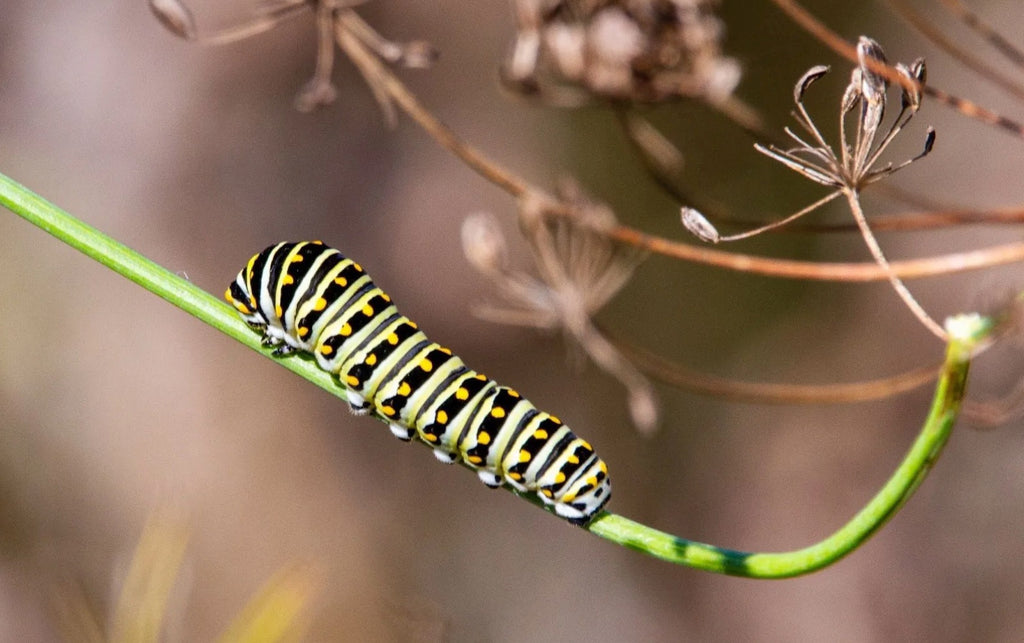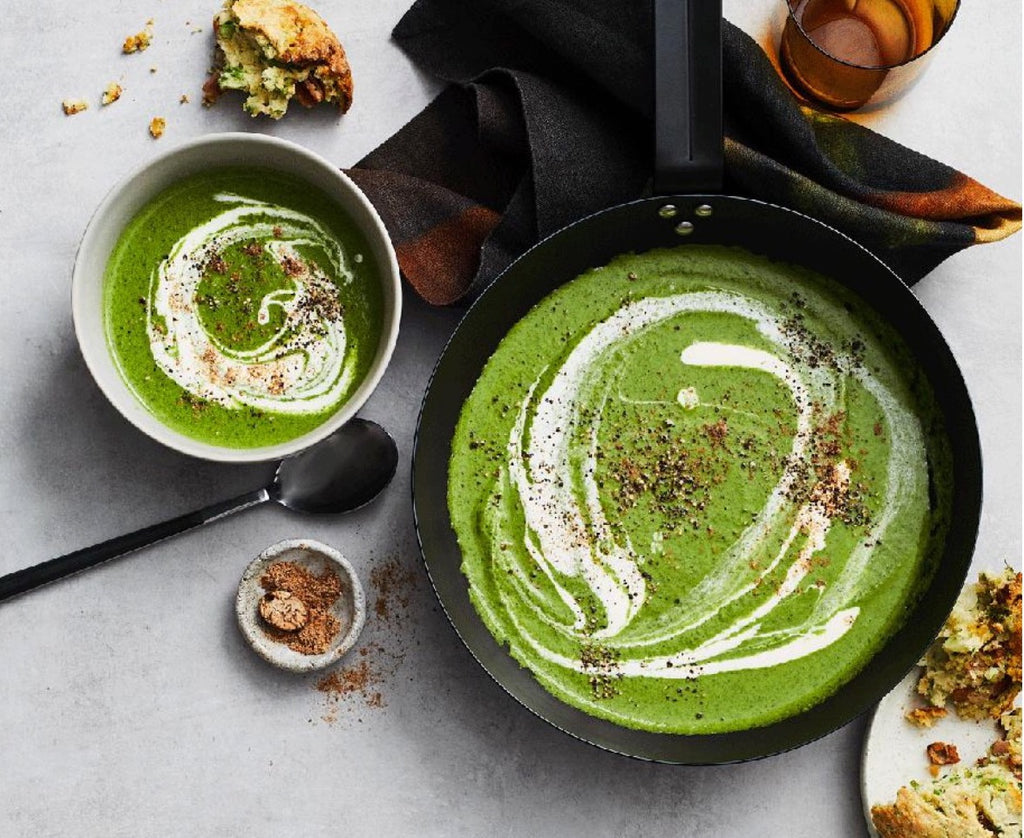Aeroponics vs Soil
Whilst people have been growing produce in soil for centuries, aeroponic systems like the Airgarden have become increasingly popular due to their space-saving capacity, environmental benefits and plant growing efficacy.
With aeroponics, an offshoot of hydroponics, plant roots are suspended in air and sprayed with a nutrient-rich solution that recreates the process of growing in soil.
Each method of growing has its pros and cons, and the method that will work best depends on various factors such as the gardener, requirements, and available space. In this article, we will compare the benefits of aeroponics versus soil-based growing.
Check out this infographic to learn more:

Cost Difference & Savings
Although the initial setup costs are typically higher with aeroponic systems as they require specialised equipment, in the long run aeroponics is cheaper and more cost-effective than soil-growing due to the increased yield potential and minimal ongoing requirements.
Costs and savings with aeroponic growing
- Startup costs range immensely, depending on the complexity and quality of the system, however an all-in-one system like the Airgarden costs just $799 for absolutely everything you need to get started
- Ongoing costs include nutrients, electricity, a growing medium, and seeds, which will cost significantly less than soil and fertilisers – growing with aeroponics creates a controlled environment which reduces fertiliser usage by 60%
- Aeroponics also eliminates the unnecessary cost of water evaporation and runoff – using 95% less water than soil-based growing
- Plants grow 3X faster with aeroponics than in soil, meaning your ROI is significantly higher
- Aeroponic systems can also be easily cleaned and reused indefinitely
Costs and savings with soil-based growing
- Traditional gardening is usually cheaper to set up, with a 1m x 1m raised garden bed setting you back around $300 - $600 when you include the structure, soil, fertilisers and seeds / seedlings
- However variables such as soil quality, fertiliser, and pests will lead to increases operational and maintenance costs over time
- A financial upside of growing plants in soil is that it costs you nothing in electricity, while an aeroponic system requires access to power 24/7 (although the usage is minimal i.e. 75% less than your fridge)
Requirements to Get Started
To set up an aeroponic system, you will need:
- Space: with a vertical system like the Airgarden you only need 1 x 1 metre to grow 30 plants - just one quarter of the space required for soil
- Aeroponic equipment: You will need an aeroponic system that includes a reservoir, a pump, nozzles or sprayers, and a timer. You can purchase a premade system like the Airgarden or build your own using the necessary components.
- Growing medium: Since aeroponic systems don't use soil, you'll need to use a growing medium that will support plant growth and allow the roots to absorb nutrients and oxygen. Common growing mediums for aeroponics include rockwool, perlite, and coconut coir.
- Nutrient solution: You'll need a nutrient solution that contains all the necessary macro and micronutrients for plant growth.
- Lighting: Plants require light for photosynthesis, so you'll need to provide either 4+ hours of daily sunlight or LED grow lights
- pH and EC meters: To ensure that the nutrient solution is at the correct pH and electrical conductivity (EC) levels, you'll need to monitor these levels using pH and EC meters.
- Plants: Certain plants are better suited for aeroponic systems than others, so do your research before selecting what to grow. Common plants grown using aeroponics include lettuce, herbs, cucumbers, and tomatoes.
To set up a soil vegetable garden, you will need:
- Location: Choose a sunny spot that receives at least six hours of sunlight a day.
- Soil: Ensure that the soil is fertile, well-draining, and nutrient-rich. You may need to add organic matter like compost or aged manure to improve the soil quality.
- Water: Vegetables require consistent and adequate water. Make sure the garden is located near a water source.
- Seeds or seedlings: Decide which vegetables you want to grow and choose high-quality seeds or healthy seedlings from a reputable nursery.
- Fertiliser: You may need to fertilise your garden periodically. Organic fertilisers such as compost, aged manure, and bone meal are good options.
- Garden tools: You will need basic gardening tools such as a hoe, rake, shovel, and gloves to prepare the soil and maintain the garden.
- Pest control: Be prepared to deal with pests and diseases that may harm your plants. Consider using natural methods and organic pest control sprays.
Growing & Maintenance
Although growing with an aeroponic system may seem more complex due to its technical design, it is actually an extremely simple and low-touch method of growing plants. As aeroponic systems are designed to create the perfect growing environment for plants, much of the heavy lifting is done.
The “farming” tasks to grow aeroponically are significantly less strenuous than growing with soil – given there is no soil, no heavy lifting, no digging or weeding required. One simply has to add water and nutrients to the system’s reservoir, test and balance pH, and the plants can thrive!
Furthermore, the guesswork taken out for the grower, without having to manage infinite nutrient and water density variables contained in soil.
Growth Yields
Countless studies have proven that plants grown aeroponically produce higher yields, with less work, than those grown in soil. On average, plants grown with aeroponics yield 30% more produce and grow 3X faster than their counterparts grown in soil.
Aeroponic systems create a controlled growing environment, ensuring plants receive the optimum amounts of light, nutrients, water and air. Because plants aren’t using energy seeking out these things, they’re able to utilise that energy on growing faster and absorbing more nutrients than plants grown in soil.
In contrast, plants grown in soil vary in yield because conditions like weather, temperatures and soil nutrients are inconsistent by nature. This also often results in the need for composites or fertilisers to boost production.
Pests & Disease Control
In aeroponics, pests and diseases are less common since the plants are not in direct contact with soil. However, pests and diseases can still occur, such as fungal infections or pests like caterpillars or aphids.
Aeroponic systems are also easier to maintain, clean, and sanitize to prevent or manage the spread of pests and diseases. Natural methods like insecticidal soaps, neem oil, or beneficial insects can be used to control pests in aeroponics.
In soil gardening, pests and diseases are more common as plants are in direct contact with soil, which can harbor various organisms that can harm plants. Soil-borne pests and diseases such as root rot, nematodes, and fungi can be difficult to control and prevent.
Soil gardening requires regular maintenance and management practices such as crop rotation, soil amendments, and pest control measures to prevent and manage pest and disease outbreaks.
Organic and chemical pesticides can be used to control pests and diseases in soil gardening, but organic methods such as companion planting, biological control, and crop rotation are recommended to avoid chemical residues in the soil and water.
Environmental Impact
Environment impact of soil gardening:
- Soil gardening requires the use of land, which can have a significant environmental impact depending on how it is managed. Deforestation, soil erosion, and soil degradation are some of the negative impacts associated with land use for soil gardening.
- Soil gardening requires water, fertilisers, and pesticides, which can impact water quality and contribute to soil and water pollution if not managed correctly.
- However, soil gardening can have positive environmental impacts if managed sustainably. It can promote soil health, support biodiversity, and reduce the carbon footprint by reducing the need for transportation and refrigeration of produce.
Environment impact of aeroponics:
- Aeroponics requires electricity to operate, which can contribute to carbon emissions and have a negative impact on the environment.
- Aeroponics uses less water and nutrients compared to soil gardening. This is because the nutrient-rich water is recycled and reused, reducing water consumption and nutrient runoff.
- Aeroponics has the potential to reduce the carbon footprint of food production by reducing transportation and refrigeration costs, especially in urban areas where food is grown and consumed locally.
General Summary
As outlined, there are many differences between traditional soil-based gardening and growing with aeroponics. Overall, aeroponics is an innovative technology that offers a sustainable, environmentally friendly and low-maintenance way of growing large volumes of produce. Whilst there are many advantages of aeroponic growing, what works best ultimately depends on preference and available resources.
Learn More About Our Airgardens
The Airgarden is Australia’s first 100% Australian owned and made DIY aeroponic vertical gardening system, allowing you to reap the benefits of aeroponics right from your very own home. You can find out more about what you can grow with aeroponics, or get in touch with our team to learn more.







